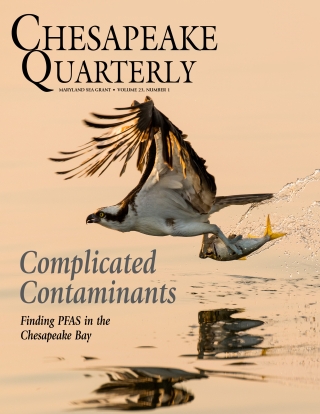Knauss legislative fellowships in Congress help build careers — and they're fun and educational. See our video and fact sheet for details.
Patuxent Environmental and Aquatic Research Laboratory
Patuxent Environmental and Aquatic Research Laboratory
10545 Mackall Road
St. Leonard
,
MD
20685





